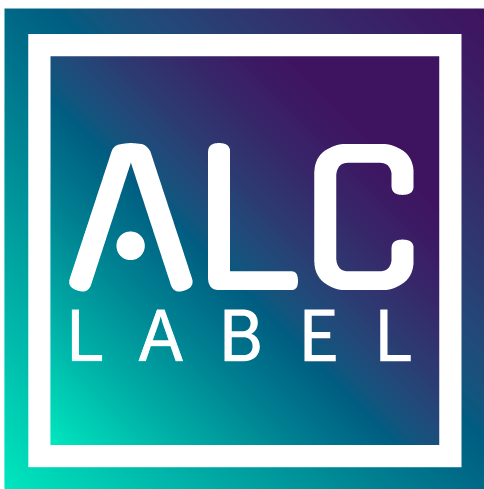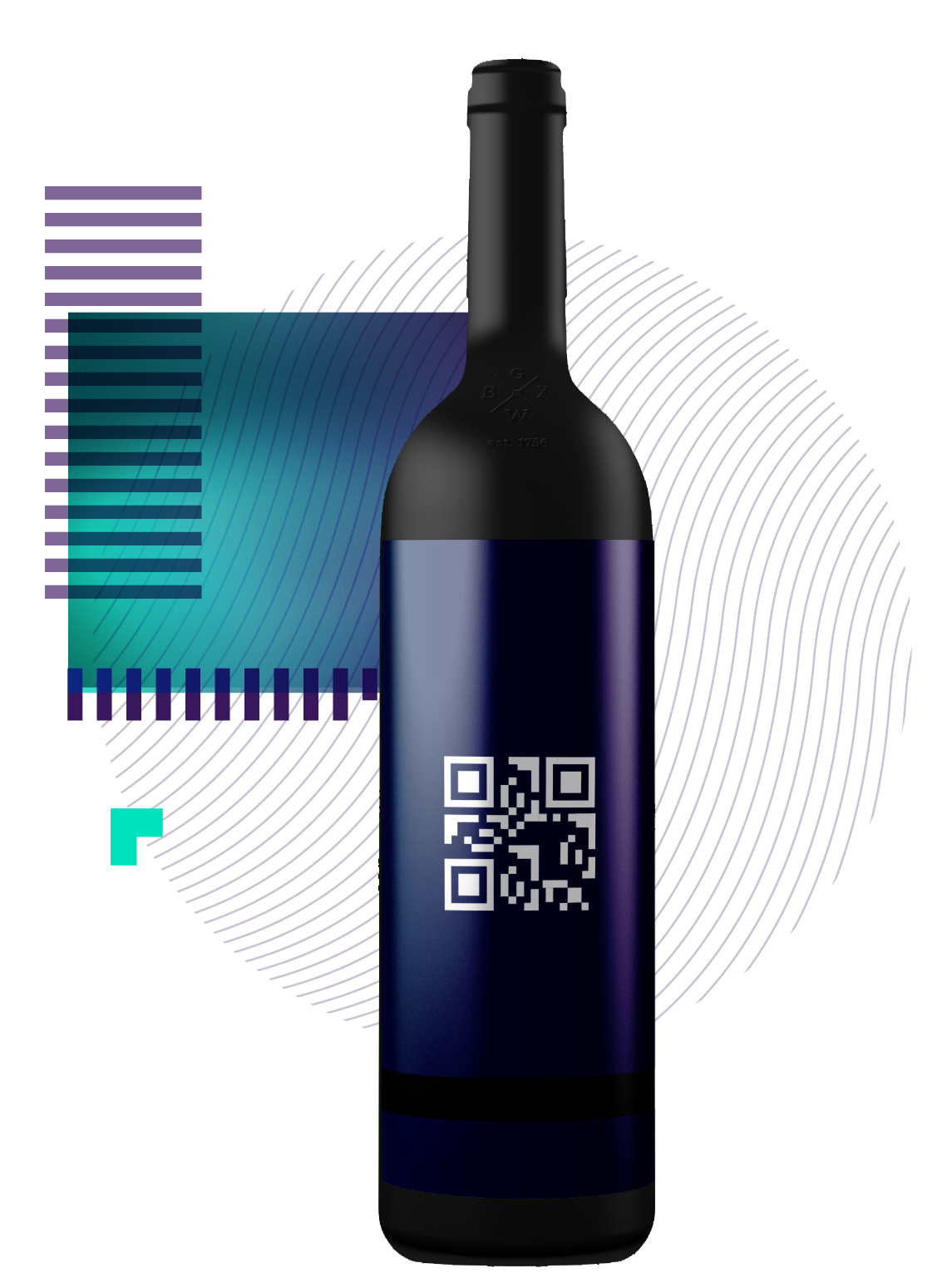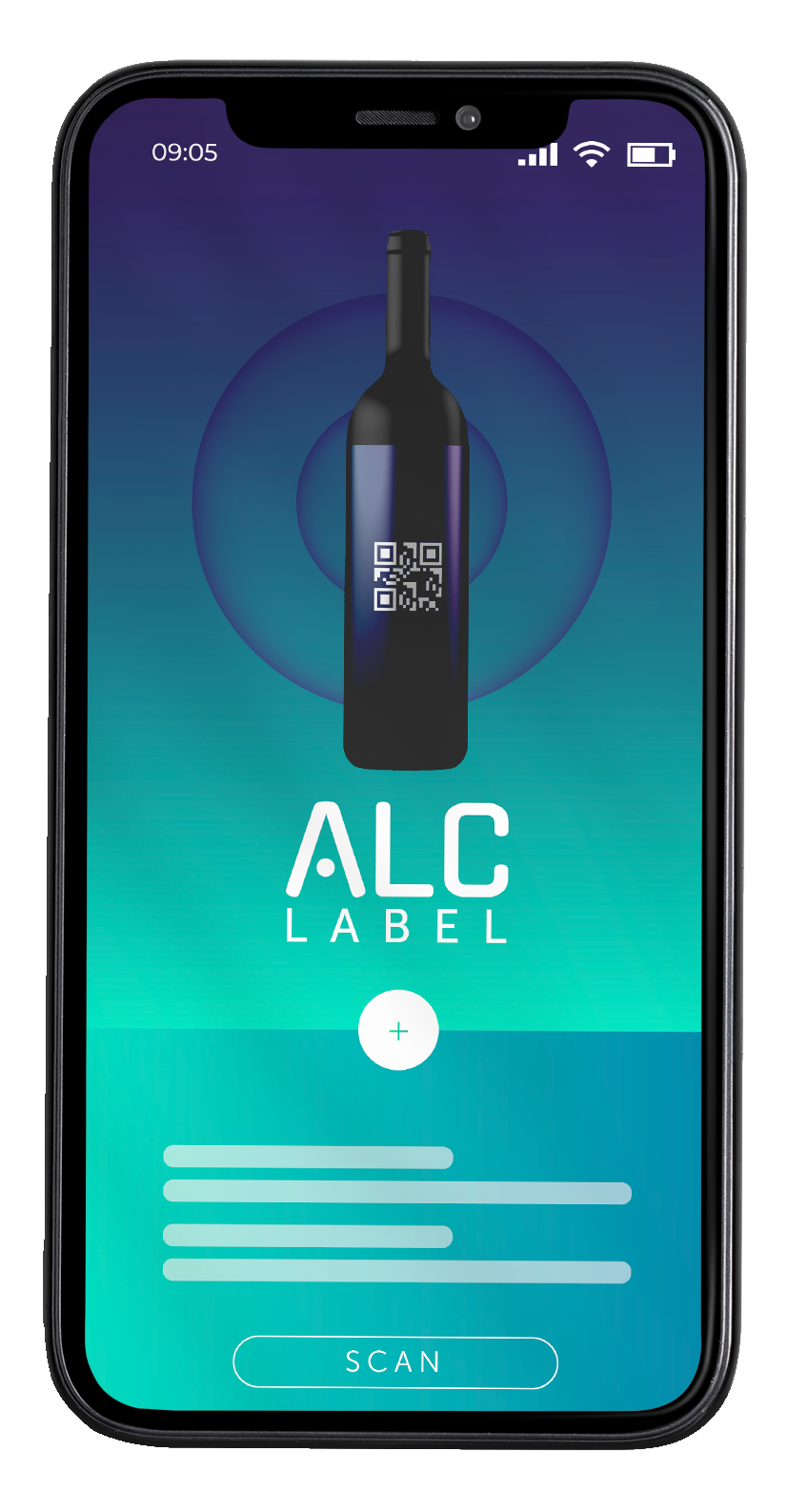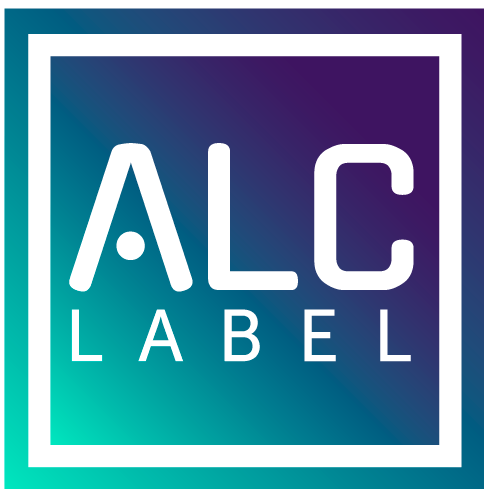EU Guidelines
EU wine labelling regulations | Digitalization of information for consumers with e-labels
On November 6, 2021, the
Common Agricultural Policy reform was published. This includes the EU 2023/27 reform, which will affect the wine sector and change the way the consumer comes into contact with a bottle of wine. So let's dive in and discover what this new European wine labelling regulation is all about!
E-label delivers detailed product information through a QR Code
Provide caloric content and/or nutritional value in KCAL & KJ per 100 ml
Disclose any health and government warnings as required by the local jurisdiction
What is the driver behind this new alcohol labelling regulation?
The main objective of the reform is to better inform consumers about what they are drinking, provide disclosures around allergens and raise awareness about responsible consumption of alcohol, bringing alcohol labeling regulations in line with food labelling regulations.
What are the most important changes in the new EU wine labelling regulations?
Prior to the change in this law, wine was not required to list ingredients other than allergens on their labels. This new regulation brings wine labelling in line with food labelling, requiring all ingredients and full nutritional declaration. However - the content of physical label can be limited to allergens and the nutrition declaration of the energy value. The full nutrition declaration and ingredient list, however, can be provided by "electronic means", through QR code placed on the physical label.
What are the EU regulations for wines with a low percentage of alcohol?
All wines with a low percentage of alcohol, less than 0,5% alcohol content, may now be marketed as wine products
When does the new European regulation on wine labelling come into force?
The new regulation for the agricultural and wine sector will come into force in 2023, and all wines marketed in the European Union (both those produced in EU countries and imported wines) must comply with the regulation. But there is an exception: all wines bottled and labelled before December 6, 2023, can continue to be marketed without adapting to the new measure until all their units are sold.
What is an e-Label?
E-Labels stands for electronic labels, which are digital alternatives to the classic physical label. To view the information contained in an e-label, consumers must scan a QR code. E-labels will allow companies to communicate the composition of their products digitally in all European languages.
Benefits of wine e-labelling
E-Labels have many advantages over physical labels:
- Consumers will have access to ingredient, nutritional and additional information
- Consumers can access this information in the language of their choosing
- Producers will be able to save on labelling costs and able to get their products to market much faster
- Producers will be able to unlock analytics on product performance
FAQs
Got a question? We’re here to help.



